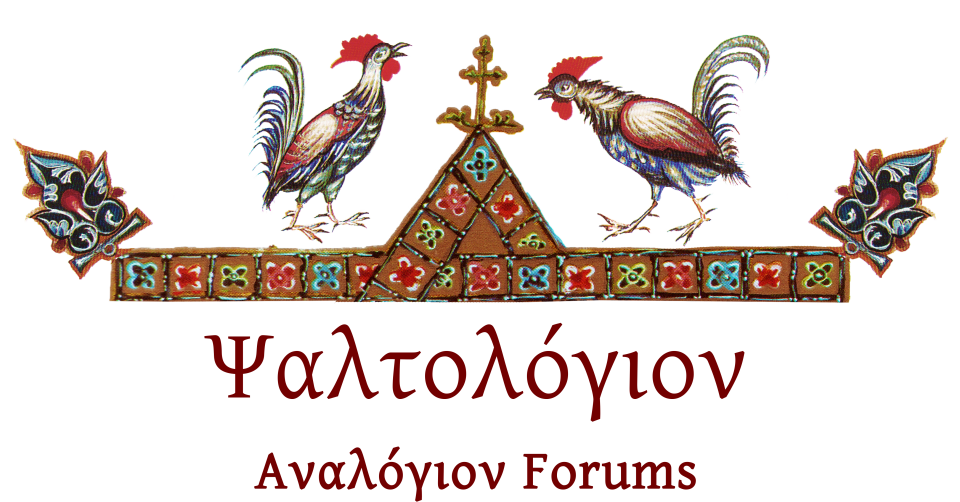Introduction to the New Method of Byzantine Chant Notation: An English translation of Chroumouzios' revision of Chrysanthos' Eisagoge [Paperback]
A new book by Chrysanthos of Madytos (Author), Chourmouzios Chartophylax (Editor), Konstantinos Terzopoulos (Translator)
Follow the link to Amazon.com
http://www.amazon.com/Introduction-...3114/ref=sr_1_1?ie=UTF8&qid=1333163688&sr=8-1
A new book by Chrysanthos of Madytos (Author), Chourmouzios Chartophylax (Editor), Konstantinos Terzopoulos (Translator)
Follow the link to Amazon.com
http://www.amazon.com/Introduction-...3114/ref=sr_1_1?ie=UTF8&qid=1333163688&sr=8-1
